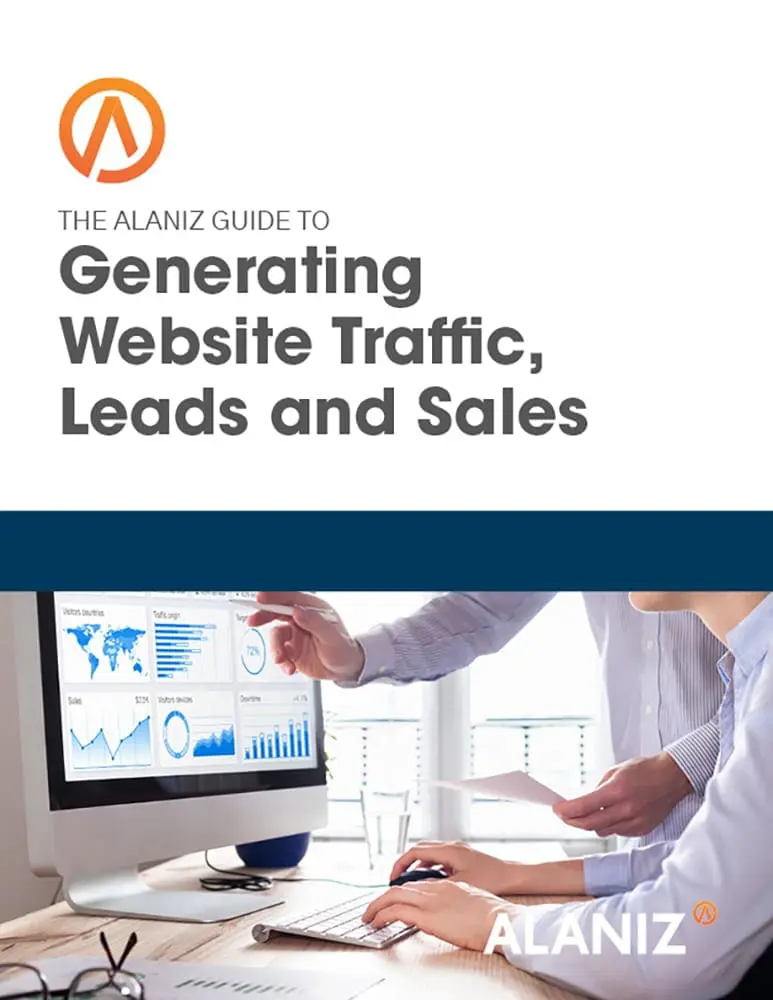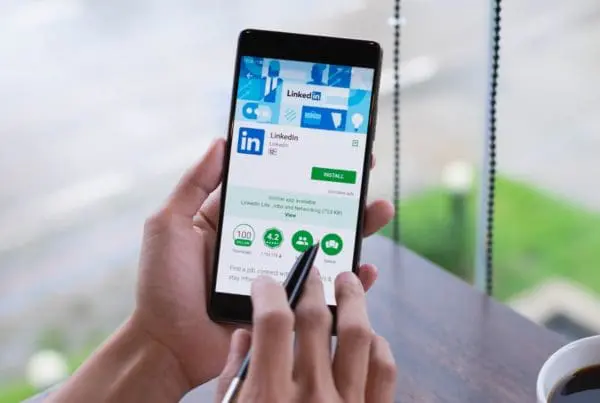Many people will tell you that social networking has transformed marketing by enabling businesses to take their messages and their products directly to customers. But you could argue that TV, radio and traditional print advertising do the same—audiences segment themselves based on interests, income and other demographics and media companies sell access to these very targeted audiences. While social networking may let you target with more granularity, and create direct access to customers without paying a media company for the privilege, at the end of the day you win or lose based on your content, not your social networking savvy.
Online marketing works when you have content that people want to read and share. That’s what gives you search engine cred, and what wins trust from your prospects when they research on solutions for the problem you solve. In order get people to read and share your content, guess what? It has to be good. Good content is more important than any tool or tagline. Good content covers a multitude of sins.
Don’t believe me? See “Content Marketing’s Got a Quality Problem.”
Admittedly, it’s easier than ever to get your story in front of highly target audiences, but it’s easier than ever for everyone else to do it too. If what you’re sending and posting doesn’t educate, inform or offer people something they want and need, it will get lost, and deservedly so.
Looked at this way, social media is just another channel for content. Before social media, getting your story out required that you go through the traditional media gatekeepers—magazines, trade publications and the like—with PR firms claiming to hold the very expensive keys to that gates. Still, quality content ruled. If you had genuine news to share you were likely to get ink. If you sent out another press release about how great your company is, not so likely.
Now instead of having to get through to writers and editors, you can take your message to the public via Facebook or LinkedIn or Twitter. But so can everyone, so your content still has to be great to get peoples’ attention.
Face it, you’re not going to trick people into buying something they don’t want or need. Even if you do, you’ll probably lose a customer, not gain one. People don’t like to be tricked. If you’re selling a real product and not pushing the latest “weird trick to whiten teeth” on Taboola or Outbrian, then deliverables like educational blog posts, interesting articles, and great landing pages offering informative white papers or case studies are what you need.
What sins does good content atone for? You don’t have to have the slickest marketing technology in the world. You don’t have to coin the next “Think Different” tagline. You don’t need a big ad budget to buy your way onto peoples’ computers. And you don’t need to be a social networking genius. Yes, all those things can help and have their virtues. But if you’re using them to make cheesy offers with cheesy content, they won’t work.
I didn’t have any of these tools or talents when I started. (Read How Hubspot Changed My Life.”)
This is especially true in the B2B world. Customers are typically very educated about their businesses. Their B.S. antennae are well tuned. You’re not going to trick them, so don’t try. If you pay someone $10 to write a blog post about, say, Transcutaneous Energy Transfer for Medical Devices (yes, it exists) and the content reflects a lack of knowledge of the technical and commercial marketplace, you’ll lose more than you’ll gain.
Sometimes executives resist publishing educational and informative content because it is not promotional enough. “It doesn’t even mention us,” is a complaint I’ve heard many times. An article on the emergence of a new technology and the problems it solves doesn’t have to, and probably shouldn’t, promote your company. People aren’t looking to be sold when they are researching. They are usually looking for a) validation that their problem is real and understood, and b) the possible solutions to the problem. Your boss might say, “But it doesn’t say that we are the best at this.” It doesn’t have to
If your content helps some learn and move closer to solving a problem, it will build credibility and trust. The rest of the marketing processes, if properly in place, will capture those leads and nurture them through the sales funnel.
If you want to learn more you can download the Alaniz Guide to Driving Website Traffic, Leads and Sales, leave a comment or question, or shoot me an email.




